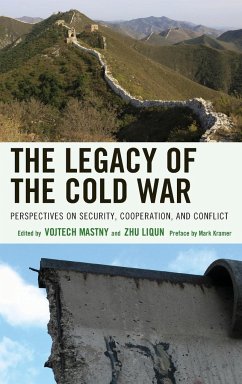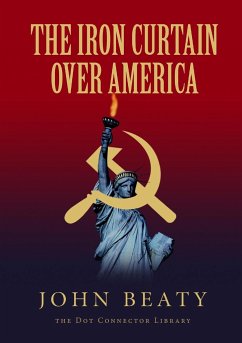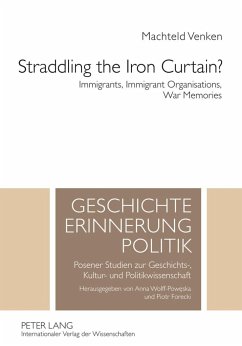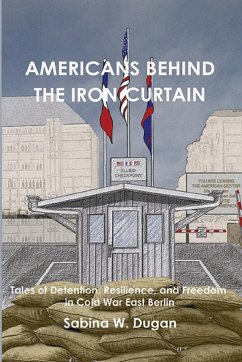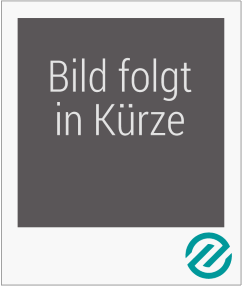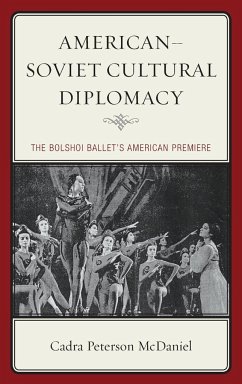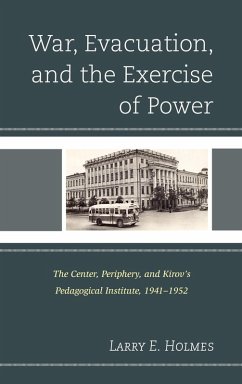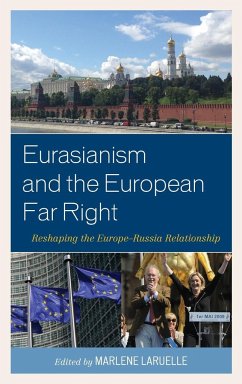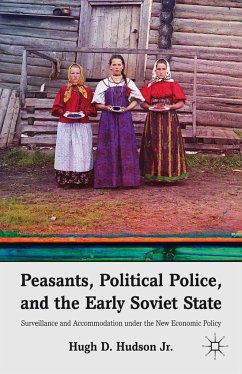
Imposing, Maintaining, and Tearing Open the Iron Curtain
The Cold War and East-Central Europe, 1945-1989
Herausgeber: Kramer, Mark; Smetana, Vit

PAYBACK Punkte
92 °P sammeln!
Imposing, Maintaining, and Tearing Open the Iron Curtain, edited by Mark Kramer and Vít Smetana, consists of cutting-edge essays by distinguished experts who discuss the Cold War in Europe from beginning to end, with a particular focus on the countries that were behind the iron curtain.




